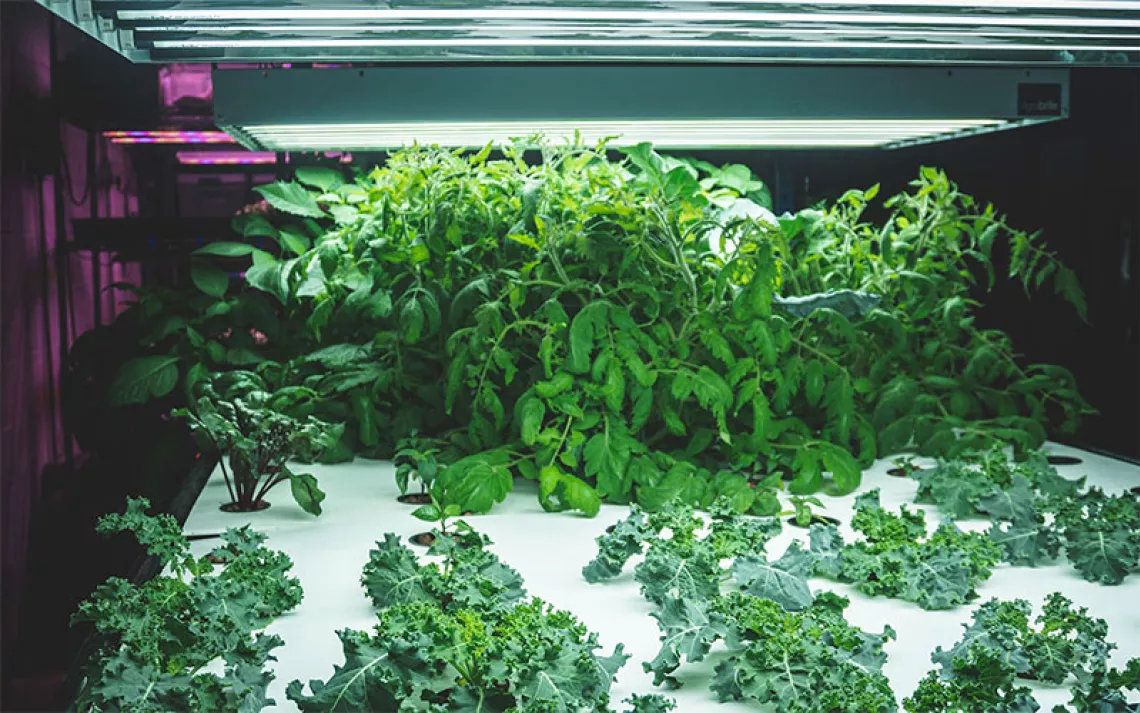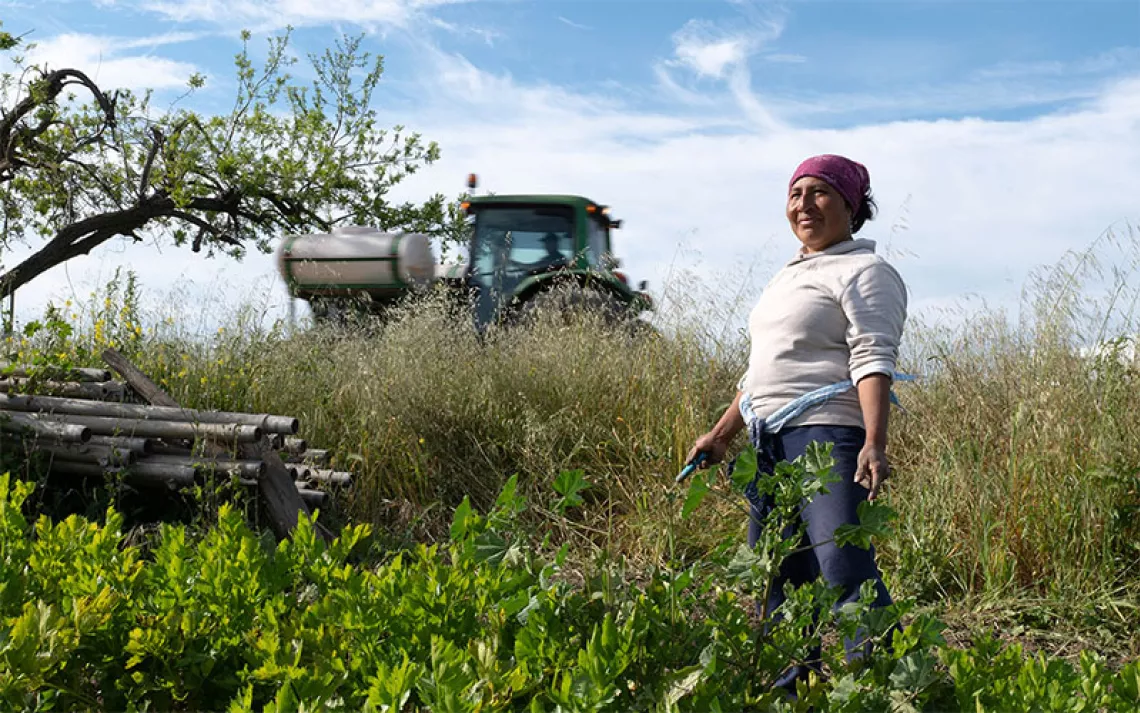Lentil Power
The story behind Timeless Seeds

Fired up by his university education—including a healthy dose of Black Elk and Rachel Carson—Montana farm boy Dave Oien returned to his 280-acre family farm in 1976 to install a hand-built solar collector on the roof. Young and idealistic, Oien knew he didn’t want to follow the spray-and-pray, fencerow-to-fencerow path of mainstream industrial agriculture. The results of that way of life, including its associated ecological and public health problems, were in full view: "For Sale" signs popping up in his neighbors’ fields like so many weeds, decreasing soil fertility and erosion, groundwater pollution, herbicide-resistant weeds, rising rates of cancer.
His hometown was struggling. Even his parents—faithful followers of the conventional way—saw no future for him in farming.
Rather than leave his hometown to its sorry fate, Oien stayed and built a farmers’ cooperative on the back of an unlikely plant: lentils. Lentils, like other legumes, had nitrogen-fixing properties: They could grab nitrogen from the air and feed it to the soil through nodule-rich roots, thereby eliminating the need for those expensive chemical fertilizers that were bankrupting so many of his neighbors. Big Ag had reduced soil fertility to a chemical formula; Oien’s approach restored soil to its rightful status as a biologically rich ecosystem. Plus, lentils resisted drought, a problem exacerbated by climate change. And they were edible; they could be marketed and sold for a profit.
Armed with knowledge, passion, and the invaluable help of several creative collaborators, Oien founded Timeless Seeds, an organic lentil business that has slowly but steadily over 30 years sowed the seeds of agricultural transformation across Montana.
Lentil Underground tells the story of the origins and development of Timeless Seeds, from its first, short-lived contract with Trader Joe’s to its current status as a million-dollar business. Author Liz Carlisle, a Montana native herself and former country singer, traces the story of this company through profiles of the dedicated farmers who created it. As she does, she makes a central discovery—that a sustainable agriculture has everything to do with respect and stewardship of the whole system, from the soil to the plants to the creatures that dwell there, including the people who work and live on the land. It’s a book that celebrates ingenuity, faith, hard work, and community, presenting an inspiring model that could influence federal agricultural policy, if enough people were to pay attention.
 The Magazine of The Sierra Club
The Magazine of The Sierra Club



